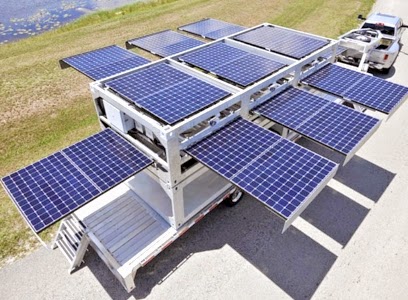Original, thoughtful, useful, environmentally- and socially-conscious gifts can be hard, especially when you don’t know if the recipient will be able to use your gift. By giving someone a gift of good healthy food you can be assured that your gift will be useful and appreciated.
 When would you give food as a gift? Any time! Our gifts have been given to new moms who don’t have time for grocery shopping, as house warming gifts, as congratulatory or sympathy gifts, or as get well soon gifts. They’ve also been given by parents to their children while they’re away at university (otherwise, who knows what they’d eat!) or even to help out family or friends who have hit hard times by making sure that food is not one more thing they need to worry about.
When would you give food as a gift? Any time! Our gifts have been given to new moms who don’t have time for grocery shopping, as house warming gifts, as congratulatory or sympathy gifts, or as get well soon gifts. They’ve also been given by parents to their children while they’re away at university (otherwise, who knows what they’d eat!) or even to help out family or friends who have hit hard times by making sure that food is not one more thing they need to worry about.Giving food as a gift is extremely versatile and you can arrange it to be given in a variety of ways. Our most popular gift option is to pre-pay for a set number of regular deliveries. Our pre-built gifts can be anything from a regular medium bin every week to just a one time delivery of that week’s available fruit to a collection of teas and other grocery items. We are more than happy to help customize any gift with you.
For any of these options, you can email us, phone us in the office directly or create an account with your recipient's information and instructions in the "Delivery Instructions" such as: "One time gift delivery" or "Deliver 3 bins only - gift".
When we see that an order is a gift delivery, we will deliver it in a cardboard box, so you won't have to worry about paying for a bin deposit and the recipient won't have to return anything to us. When the gift has been delivered - whether it is one basket or a dozen bins over several months - we will put the account on hold automatically.
If you aren't sure when your recipient will want to receive food - say, if you're giving a wedding gift - we can also do gift certificates. To arrange for a gift certificate, just give us a call or email. We can do any amount and we can customize it, then we can email it to you or even send it directly to your recipient.
Whatever your occasion, we'd be pleased to help you create the right gift.













